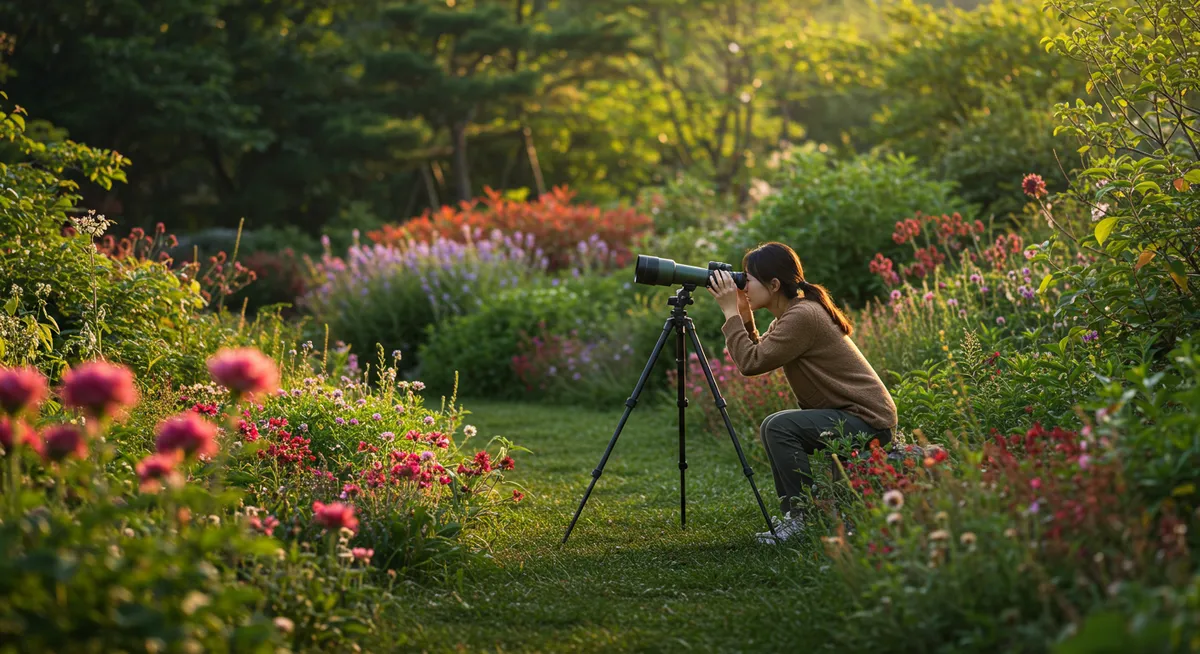
Top Bird Watching Spots in Incheon
Table of Contents
Want to find the best nature experiences for this destination? Chat with our nature tourism specialist!
Get Nature TipsCategory: bird-watching-spots-incheon
Explore Incheon's Avian Wonders
As a passionate birder and traveler who's explored countless global habitats, I can attest to Incheon's surprising appeal for avian enthusiasts. This vibrant South Korean city, often seen as merely a gateway, actually boasts remarkable natural landscapes perfect for spotting a diverse array of species. From bustling tidal flats to serene ecological parks, Incheon offers prime bird watching spots that are truly exceptional. Get ready to discover hidden gems where migratory birds and resident species thrive, making for unforgettable wildlife encounters.
Tidal Treasures: Songdo's Premier Birding Habitats
The expansive Songdo Tidal Flat is arguably one of the finest bird watching spots Incheon has to offer. This crucial wetland acts as a stopover for numerous migratory birds along the East Asian-Australasian Flyway, making it a dynamic observation point, especially during spring and autumn. You'll often find various shorebirds, gulls, and even spoonbills here. My personal tip: visit during low tide when more foraging areas are exposed, drawing in a greater concentration of species. While Songdo Central Park is largely urban, its freshwater channels attract different bird species, offering a unique urban birding experience. For a deeper dive into this area, check out our comprehensive Songdo Central Park guide.
Island Sanctuary: Yeongjongdo's Coastal Avian Havens
Just west of the mainland, Yeongjongdo Island presents another exceptional destination for bird watching. While known for Incheon International Airport, the island's coastal areas and Sky Park offer crucial habitats, making them significant bird watching spots Incheon boasts. Here, you can observe a variety of raptors, various passerines, and wading birds, particularly around the tidal flats and salt marshes. I've personally enjoyed watching diverse species take flight against the backdrop of arriving aircraft, a unique juxtaposition of nature and modern travel. These areas are vital for species like the Common Kestrel and Eastern Buzzard, reinforcing Incheon's commitment to natural beauty. For more on Incheon's natural allure, explore our guide to Incheon nature attractions.
Remote Wonders: Ganghwa Island's Rich Birdlife
As one of South Korea's largest islands, Ganghwa offers a mosaic of wetlands, estuaries, and rice paddies, creating an ideal environment for a vast array of bird species. It's particularly renowned for its importance to wintering cranes, ducks, and geese, making it one of the most rewarding bird watching spots Incheon can provide. You can often spot the majestic White-naped Crane or various types of geese feeding in the fields during colder months. My experience on Ganghwa revealed that exploring lesser-known reservoirs and coastal mudflats away from the main roads often yields the most exciting sightings. Consider coupling your visit with exploring hiking trails in Incheon, South Korea, many of which can be found on Ganghwa for a full nature immersion.
Urban Oasis: Sorae Wetland Ecological Park
Nestled within the city, Sorae Wetland Ecological Park offers an accessible and well-maintained environment for bird watching. This restored tidal flat area is a haven for water birds, including various species of gulls, herons, and egrets. It's an excellent example of urban ecological restoration, providing vital habitat right on Incheon's doorstep. I've found it to be one of the easiest bird watching spots Incheon provides for a quick, rewarding session, especially with its observation decks and walking trails. Visiting during migration periods promises a spectacular show of diverse species. For those interested in other green spaces, this park is a prime example of the best natural parks in Incheon, offering tranquil escapes and abundant wildlife.
Frequently Asked Questions
When is the best time for bird watching in Incheon?
What equipment should I bring for bird watching?
Are there any rare or endangered birds to spot in Incheon?
Incheon truly stands out as an unexpected yet rewarding destination for bird watching enthusiasts. From the vast migratory pathways of Songdo and Yeongjongdo's tidal flats to the diverse habitats of Ganghwa Island and the accessible beauty of Sorae Wetland Ecological Park, these bird watching spots Incheon offers cater to every level of birder. Whether you're seeking rare migratory species or simply wish to connect with nature, Incheon's commitment to preserving its natural environment ensures a vibrant avian population. Don't just pass through; take the time to explore these incredible natural havens and witness the spectacular birdlife yourself.